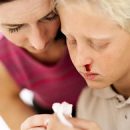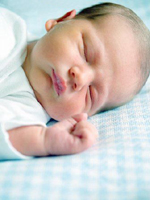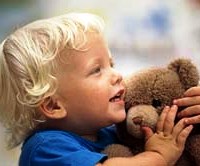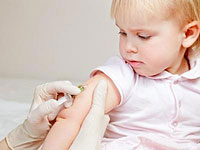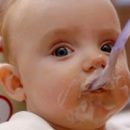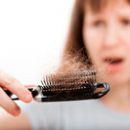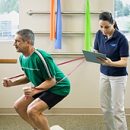Nephritis in children - a fairly common form of kidney disease. It should be distinguished by acquired and hereditary jade in children. Symptoms manifest themselves depending on the type of disease, they are almost similar to the acute and chronic form of illness. Today we analyze these questions.
Content
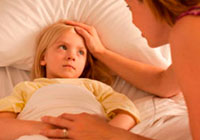
Disease, O
which will be discussed — This collective term is based on inflammatory,
Usually bilateral kidney damage, affecting the kidney gloves, the tubules,
Cup and Lohanca. According to the general classification distinguish:
-
Glomerulonephritis
— strikes kidneyclubs; -
pyelonephritis
— inflammation of cups and lochanks; -
interstitial
nephritis — affects the renal cloth and the tubules.
Consider
Acquired diffuse jade, which in most cases develops from
child after transferred streptococcal or viral infection when with
The renal cloth is completely amazed, causing renal
failure. It should be noted that the presence of such an nephrite option in children should be assessed,
as a serious danger to the health of the child, requiring frequent attention
parents in terms of treatment and prevention.
Basic
The causes of jade in children whose symptoms are described below are:
-
Mother diseases
during the period of intrauterine development of the child; -
sugar
diabetes; -
Oncological
Problems; -
Melty
disease, thrombosis, vasculitis; -
poisoning
heavy metals; -
autoimmune
diseases; - tuberculosis;
-
sharp
infections: flu, angina, scarlet; -
Allergic
problems in a child; -
supercooling
Body.
Like «Looks like» nephritis
In kids?
Clinical
The picture of the disease does not depend on the causes of it caused, and almost always manifests
equally. The child weakens noticeably, loses appetite, experiencing dry mouth and
constant thirst, he notes complaints about lower back pain and headache, is observed
Reducing the amount of urine and bloating, sometimes nausea and vomiting occurs,
accompanied by diarrhea. Body swells, faces and especially
limbs that interferes with the life of the child and limits it
activity. Long-term kidney inflammation causes a feeling of tingling and
Skin numbers, dryness and peeling, are often developing muscle
cramps and severe pain. Hair and nails become weak and brittle, which can
arise in connection with the loss of nutrients, such as sodium and potassium. At
Process progression is possible to accumulate fluid inside pericardia and in
pleural cavity with the development of hydrotorax, hydropericard and shortness of breath
condition of rest.
Nephritis can
manifest itself in acute form, and then the kidney disease is accompanied by an increase
Temperatures, strong sweating and chills. In most cases, this option
develops in 2-3 weeks after the infectious disease.
At
Chronic jade marked night sweating, loss of appetite, noticeable
Skin jaggility. The child often asks to the toilet, experiences pain when
urine, urine becomes muddy, with flakes, the arterial increases
pressure. During the long-term course of the disease, frequent exacerbations are observed
and remission, while the clinic of the disease is somewhat weaker than in acute form,
when the kidney balls are massively dying and renal
Insufficiency leading to the accumulation of poisonous substances and slags.
Diagnostics and treatment: the earlier, the better
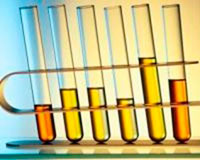 Diagnosis of jade
Diagnosis of jade
consists in collecting anamnesis, a thorough laboratory study, where it comes
general urine analysis and an in-depth examination on Nechiporenko, general and
Biochemical analysis of blood, ultrasound kidneys.
Treatment of disease
is primarily in providing a bed of bed regime in
accompaniment of a specialized diet with a limitation of liquid and salt, with
using diuretics, ascorbic acid, vitamin E, antihistamine,
heartbreaks and antibiotics. Parents during the exacerbation should be
especially attentive to their children, and in the event that the complex therapy is not
brings relief, discuss with a specialist urologist or nephrologist
The possibility of blood purification by the method of hemosorption and plasmaresis to eliminate
Toxic components from blood plasma. Should not forget that treatment
It is carried out strictly under the control of the doctor, with a regular study of blood and urine on
Urea, protein and leukocyte content. At the end of the course of therapy to children
Showing Sanatorium Treatment.


